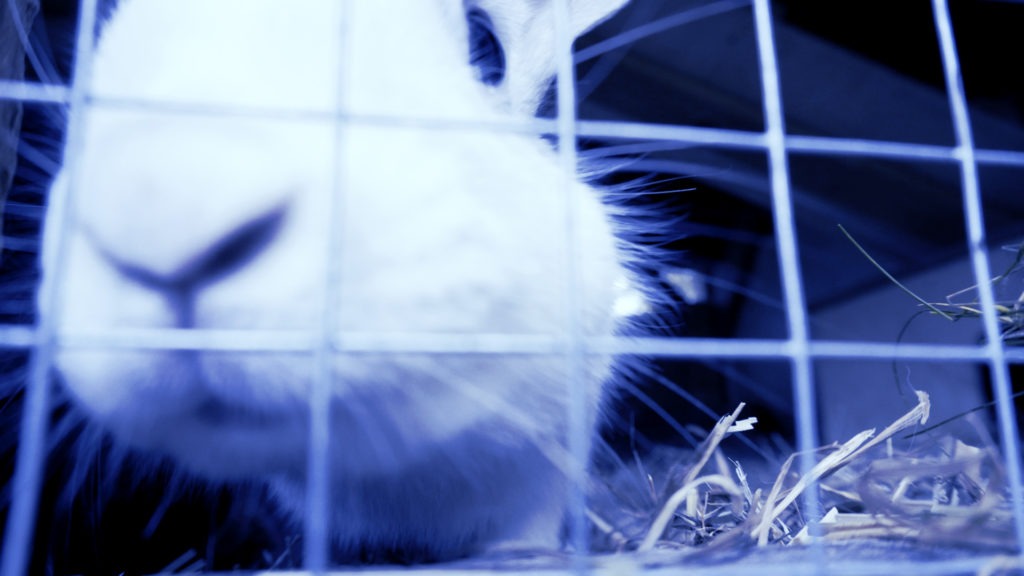The dynamics of the attention economy are structurally set up to undermine the human will.
James Williams, former Google-strategist

While motivational psychology focuses on the user’s own drive and tries to influence it, findings and methods from behavioural psychology make it possible to change people’s behaviour patterns without them noticing.
In 1889, the Russian neurologist and physiologist Ivan Petrovich Pavlov (1849 – 1936) discovered during experiments with dogs that the salivation reflex did not only start during the intake of food, but already beforehand at the mere sight of food (= unconditioned reflex). If, however, a signal tone is routinely combined with feeding (in his case it was a bell), then after repeated repetition this signal tone alone is sufficient to activate the saliva reflex (= conditioned reflex).
A previously neutral stimulus (bell) evokes the same reaction (salivation) after conditioning as the unconditioned stimulus before. This learning process of associating independent stimuli with each other is called classical conditioning. This discipline of behavioural research, summarised under behaviourism, has a strong manipulative effect, as associations can be implied unconsciously, which in turn can affect behaviour.
Auch in den sozialen Medien wird auf vielfältige
Conditioning is an integral part of marketing today: a likeable Dirk Nowitzky advertises for a bank – and already we like this bank too. Or we see Nowitzky on TV at a basketball tournament and the bank inevitably comes to mind.
In social media, too, conditioning takes place in a variety of ways: The characteristic acoustic signals (notification sounds) correspond to Pavlov’s bell: we associate a feeling of anticipation with them and can even distinguish which network promises us a reward in the form of a message, a post or a tweet. These signals alone can be enough to activate the dopamine release in us.
God only knows what it’s doing to our children’s brains.
Sean Parker, former advisor and founding president of Facebook

